Introduction
Stir-fried pork liver, a beloved dish in many Asian cuisines, is celebrated for its rich flavor and tender texture when prepared correctly. Despite its humble appearance, this dish requires precision, timing, and an understanding of ingredient interactions to achieve culinary excellence. Many home cooks struggle with achieving the perfect balance—avoiding overcooking (which results in a rubbery texture) while ensuring the liver is thoroughly cooked to eliminate any gamey taste. This article delves into the nuances of crafting a restaurant-quality stir-fried pork liver dish, from selecting the freshest ingredients to mastering the wok hei (breath of the wok) technique. Whether you’re a novice cook or a seasoned home chef, this guide will equip you with the knowledge to elevate this dish to new heights.
Understanding the Ingredients
The foundation of any great stir-fry lies in the quality of its ingredients. Pork liver, the star of this dish, should be sourced from a reputable butcher or grocery store. Look for organs with a vibrant purple-red hue, firm texture, and minimal discoloration. Avoid livers with a strong metallic odor, as this indicates spoilage. Fresh liver should be prepared within 24 hours of purchase or frozen immediately for later use.
Preparing the Pork Liver: The Key to Tenderness
Proper preparation of the liver is non-negotiable. Begin by trimming any connective tissue, membranes, or visible fat using a sharp knife. Slice the liver against the grain into thin, uniform strips (approximately ¼-inch thick). This ensures even cooking and prevents toughness.
Marination: The Flavor and Tenderizing Process
Marination serves dual purposes: tenderizing the meat and infusing it with flavor. A typical marinade includes:
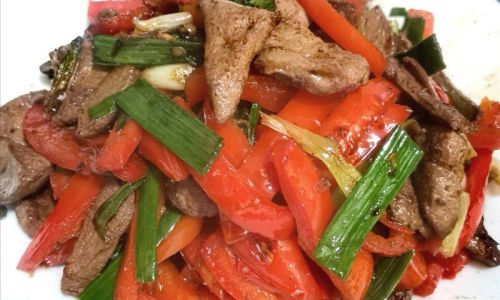
- Light soy sauce: For umami depth and seasoning.
- Shaoxing wine: To neutralize any lingering gamey flavors.
- Cornstarch: Acts as a protective coating, locking in moisture during cooking.
- White pepper: Adds a subtle heat without overwhelming the dish.
- A pinch of baking soda (optional): A secret weapon for ultra-tender liver, though use sparingly to avoid a soapy aftertaste.
Combine the liver slices with the marinade ingredients, ensuring each piece is evenly coated. Let it rest for 15–20 minutes at room temperature or refrigerate for up to an hour. This step allows the enzymes in the liver to break down tough fibers while the alcohol in the wine evaporates, leaving behind subtle aromatics.
Vegetable Pairings: Balancing Flavor and Texture
Stir-fried liver is often paired with crisp vegetables to contrast its soft texture. Classic choices include:
- Onions: Caramelized for sweetness.
- Bell peppers (red or green): For color and mild crunch.
- Ginger and garlic: Fresh aromatics to mask any residual liver taste.
- Scallions: Added at the end for a burst of freshness.
Slice vegetables into uniform pieces to ensure even cooking. For example, onions should be julienned, while bell peppers can be cut into thin strips.
Sauce Preparation: The Harmony of Flavors
A well-balanced sauce is the soul of the dish. The components typically include:
- Dark soy sauce: For color and depth.
- Oyster sauce: Adds a briny, savory note.
- Sugar: Balances the saltiness and enhances caramelization.
- Chicken broth or water: To loosen the sauce.
- Sesame oil: For aromatic finish.
Whisk these ingredients together in a small bowl and set aside. Adjust the ratios to suit your taste—some prefer a sweeter profile, while others lean into the saltiness.
The Wok and Fire: Mastering High-Heat Cooking
A carbon-steel wok is ideal for stir-frying due to its ability to distribute heat evenly and retain high temperatures. If unavailable, a large cast-iron skillet can serve as a substitute. Preheat the wok over high heat until it begins to smoke lightly—this ensures the liver sears quickly, sealing in juices. Add a neutral oil with a high smoke point (e.g., peanut or vegetable oil) and swirl to coat the surface.
Cooking Technique: Step-by-Step Brilliance
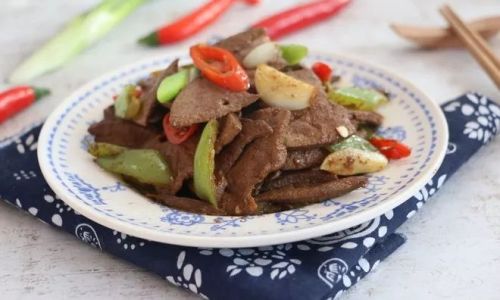
-
Sear the Liver: Add the marinated liver slices to the hot wok in a single layer, avoiding overcrowding. Let them cook undisturbed for 30–45 seconds to develop a golden crust. Stir-fry for another 1–2 minutes until the liver is no longer pink but still tender. Overcooking at this stage will result in dryness. Remove the liver from the wok and set aside.
-
Stir-Fry Aromatics: Reduce the heat to medium-high and add a touch more oil. Toss in minced garlic and ginger, stir-frying for 10–15 seconds until fragrant. Be cautious not to burn them, as this imparts bitterness.
-
Cook Vegetables: Increase the heat to high and add the onions and bell peppers. Stir-fry vigorously for 2–3 minutes until slightly softened but still crisp. The goal is to retain their vibrant colors and textures.
-
Reintroduce the Liver: Return the seared liver to the wok, pouring in the pre-mixed sauce. Toss everything together rapidly to coat the ingredients evenly. The sauce will thicken slightly due to the cornstarch from the marinade.
-
Final Touches: Drizzle with sesame oil and toss in sliced scallions. Remove from heat immediately to prevent overcooking. The residual heat will continue cooking the ingredients slightly.
Troubleshooting Common Issues
- Rubbery Texture: Overcooking is the primary culprit. Ensure the liver is sliced thinly and cooked in batches to avoid steaming.
- Bitter Aftertaste: Inadequate marination or burnt garlic/ginger. Always use fresh aromatics and monitor heat levels.
- Soggy Vegetables: Overcrowding the wok leads to steaming instead of stir-frying. Cook vegetables in small batches if necessary.
Serving Suggestions
Stir-fried pork liver pairs beautifully with steamed jasmine rice, which absorbs the flavorful sauce. For a complete meal, serve alongside lightly blanched bok choy or a tangy cucumber salad. Garnish with toasted sesame seeds or fresh cilantro for visual appeal.
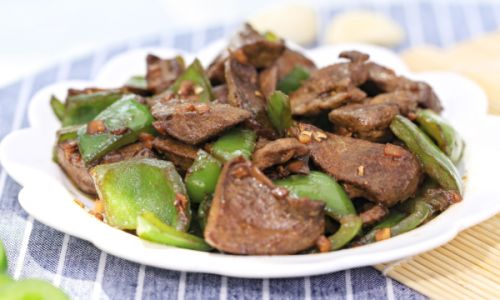
Advanced Techniques for Enthusiasts
- Velveting: A Chinese technique where meat is briefly marinated in a mixture of egg white, cornstarch, and oil before blanching in hot water. This creates an exceptionally smooth texture.
- Double-Cooking: Par-cooking the liver in boiling water for 10 seconds before stir-frying ensures thorough cooking without sacrificing tenderness.
- Spicy Variations: Add chili paste, Sichuan peppercorns, or fresh bird’s eye chilies for a fiery kick.
Cultural Significance and Regional Variations
In Chinese cuisine, stir-fried liver is often associated with nourishing the body and blood, a concept rooted in traditional medicine. Regional adaptations abound:
- Sichuan Style: Incorporates doubanjiang (fermented broad bean paste) and Sichuan peppercorns for a numbing-spicy profile.
- Cantonese Style: Emphasizes the liver’s natural flavor with minimal seasoning, often paired with ginger and spring onions.
- Korean Adaptation: Godeungeo-muchim (stir-fried mackerel) shares similarities but uses different proteins.
Health Considerations
Pork liver is nutrient-dense, rich in iron, vitamin A, and B vitamins. However, it should be consumed in moderation due to its high cholesterol content. Pairing it with fiber-rich vegetables and whole grains creates a balanced meal.
Conclusion
Crafting the perfect stir-fried pork liver is a testament to the cook’s patience, technique, and respect for ingredients. By mastering the interplay of heat, timing, and seasoning, even a novice can achieve restaurant-worthy results. Remember: the liver’s delicate nature demands quick, decisive movements and an unwavering focus. Experiment with flavor profiles, embrace the smokiness of the wok, and savor the satisfaction of transforming a humble ingredient into a culinary masterpiece. Whether enjoyed as a weeknight dinner or a centerpiece at a gathering, this dish is sure to impress. So, grab your wok, sharpen your knife, and embark on a journey to redefine your stir-fry game.
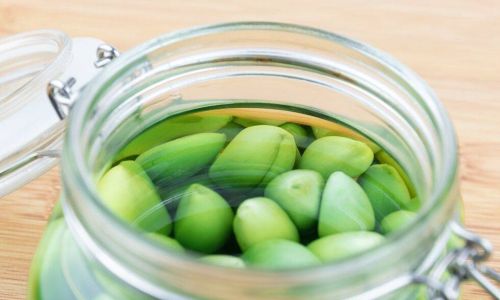
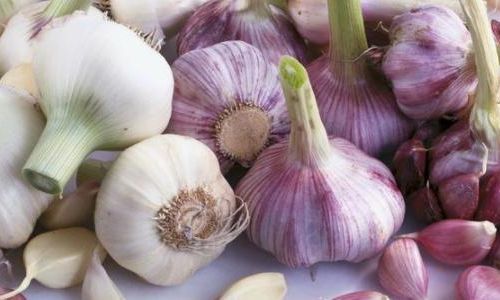
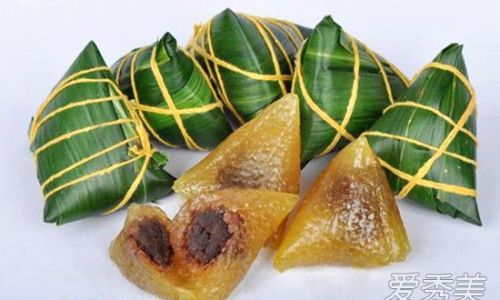
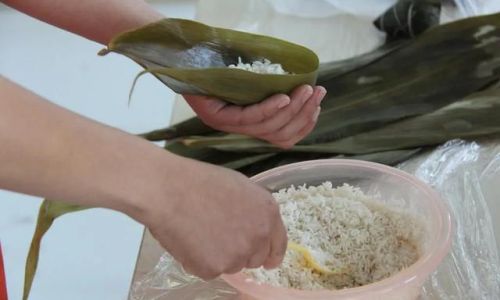
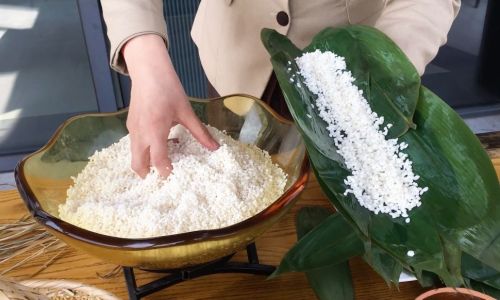
0 comments